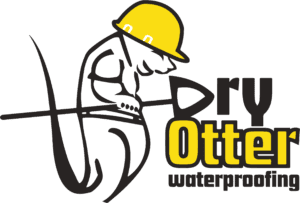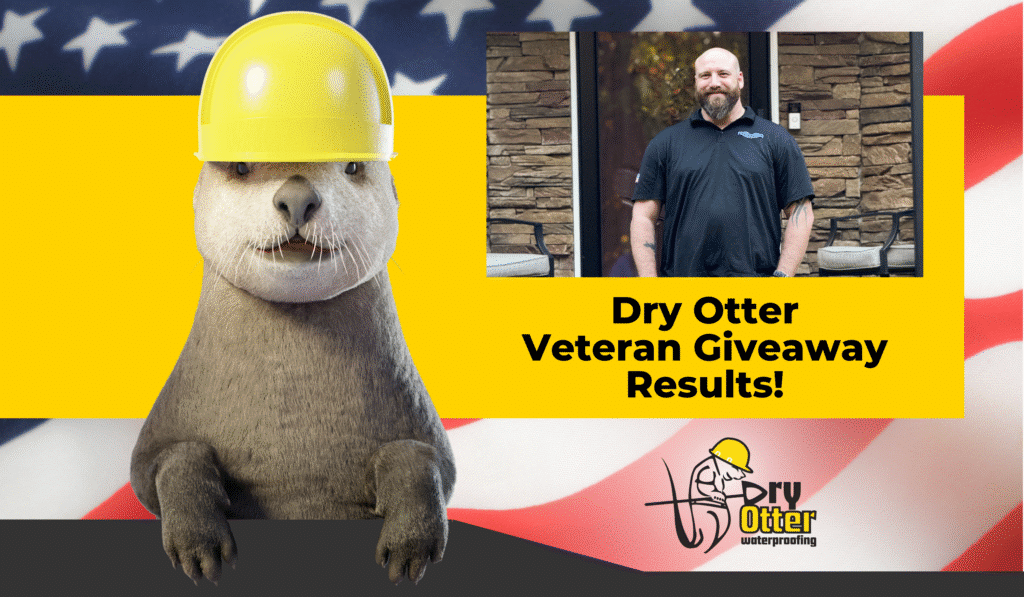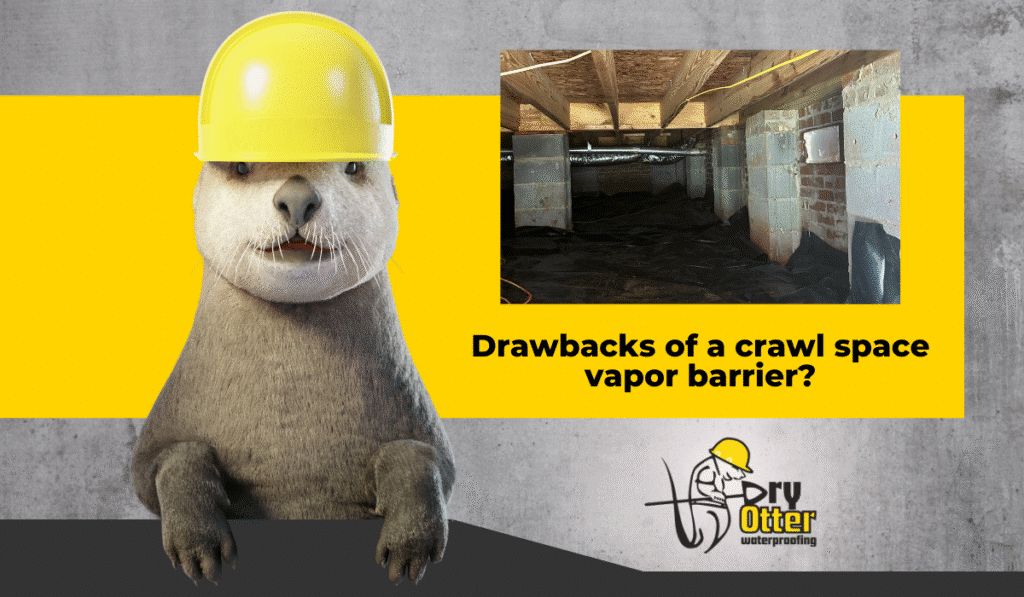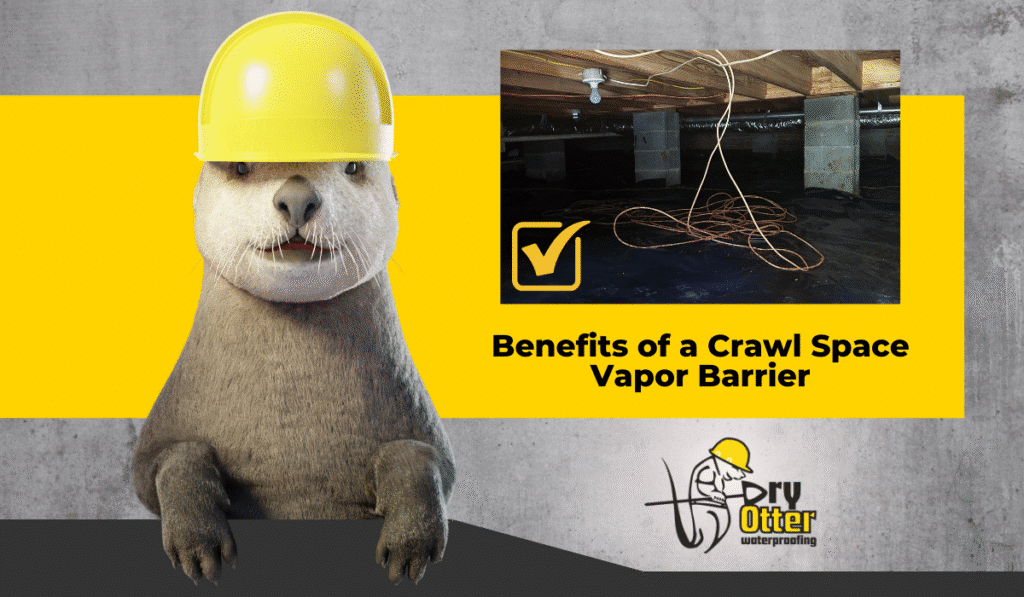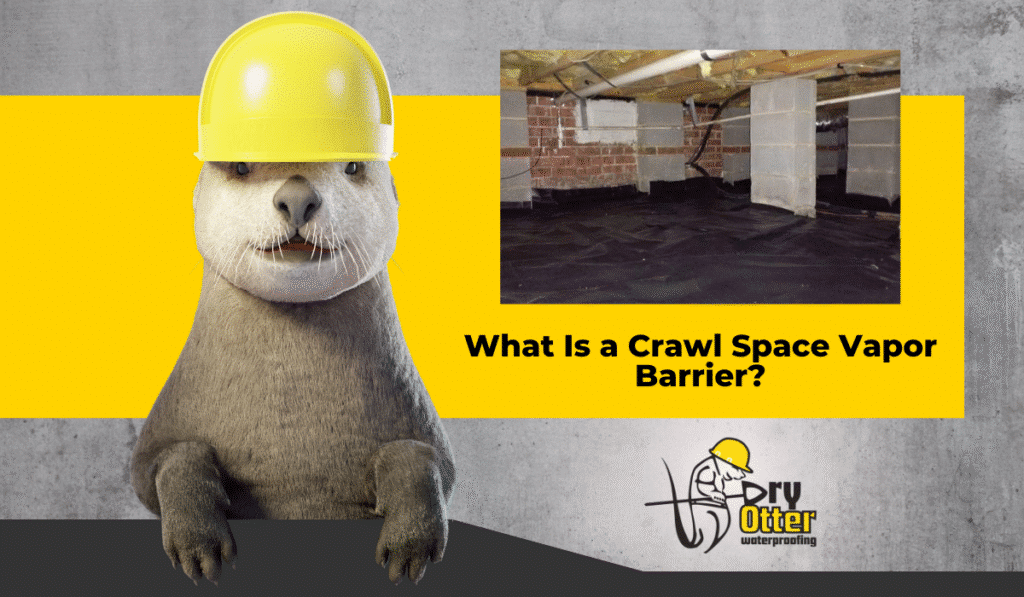For many years, builders believed crawl space vents were beneficial. The idea was that allowing air to flow freely beneath the home would keep the crawl space dry and prevent mold growth. While that made sense in theory, modern building science has shown that vents often do more harm than good. If your home still has open crawl space vents, it’s important to understand how they affect moisture, air quality, and the long-term health of your foundation.
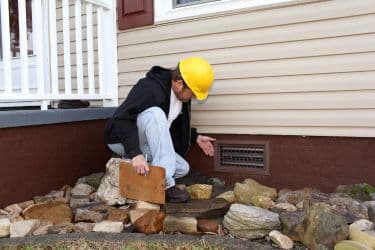
Why Crawl Space Vents Were Used
Crawl space vents were once required by building codes across much of the country. The belief was that outdoor air moving through the crawl space would help remove moisture. In practice, that only worked under ideal weather conditions with dry air and steady airflow. In climates with high humidity or frequent rain, vents can actually pull in more moisture than they release. Instead of keeping the space dry, they often make it damp and unstable.
How Crawl Space Vents Can Cause Problems
Open vents allow outdoor air to enter freely, creating several issues depending on the season. During warm, humid months, moisture in the air condenses on cooler surfaces like ductwork, wood framing, and insulation. This buildup creates ideal conditions for mold, mildew, and wood rot. In colder months, those same vents let in cold air that chills the floors above. Homeowners often notice higher energy bills and cold spots because their heating systems must work harder to maintain temperature. Open vents can also invite pests, insects, and small animals that thrive in dark, damp environments.
Modern Solutions for a Healthier Crawl Space
Today’s best practice is to control crawl space conditions instead of relying on vents. The most effective approach is crawl space encapsulation. This process includes covering the ground and walls with a durable vapor barrier, closing off vents, and installing drainage or a dehumidifier if needed. By managing airflow and humidity, an encapsulated crawl space stays clean, dry, and energy efficient. Encapsulation helps prevent moisture buildup, improves air quality, and reduces the risk of structural damage caused by long-term dampness.
Benefits of Closing Crawl Space Vents
Homeowners who replace vented crawl spaces with fully controlled environments notice several key improvements:
- More consistent indoor temperatures and comfort
- Lower humidity and reduced risk of mold
- Stronger floor systems and less wood damage
- Better indoor air quality
- Lower energy costs throughout the year
By eliminating vent openings, you reduce one of the most common sources of moisture and outside air intrusion beneath your home.
Professional Encapsulation from Dry Otter Waterproofing
At Dry Otter Waterproofing, we help homeowners transform damp, vented crawl spaces into clean and efficient environments. Our team designs custom encapsulation systems tailored to your home’s specific conditions, including vapor barriers, drainage, and dehumidification as needed. Each system is installed with care and backed by a lifetime warranty, giving you confidence that your home will stay protected year-round.
A Better Way to Protect Your Home
Crawl space vents might have been the standard for decades, but today’s research shows they cause more harm than good. Professional encapsulation helps control moisture, protect your foundation, and improve your home’s overall health. Schedule a free inspection with Dry Otter Waterproofing today and discover how to create a crawl space that stays clean, dry, and efficient. Because you Otter be dry.
